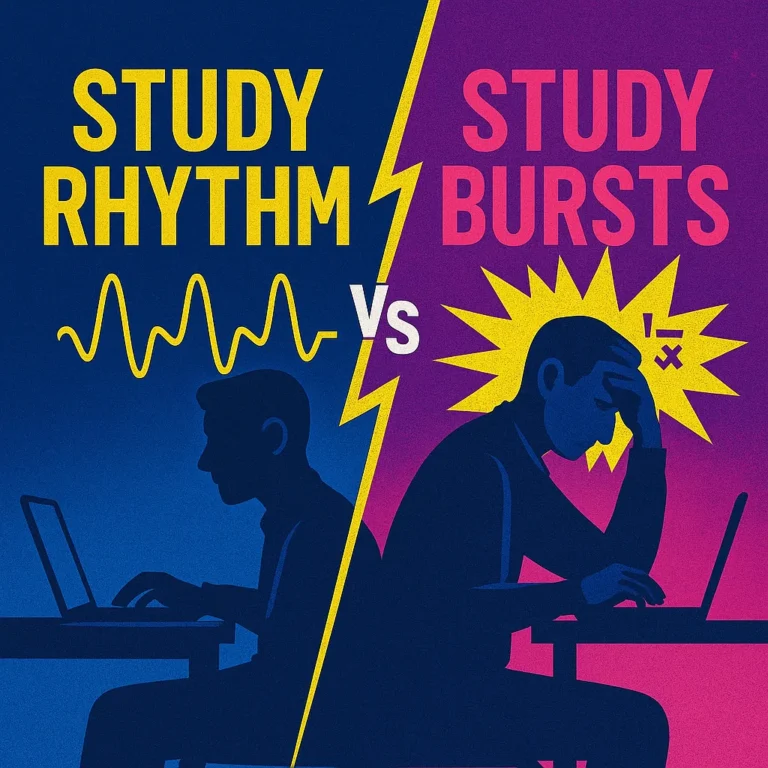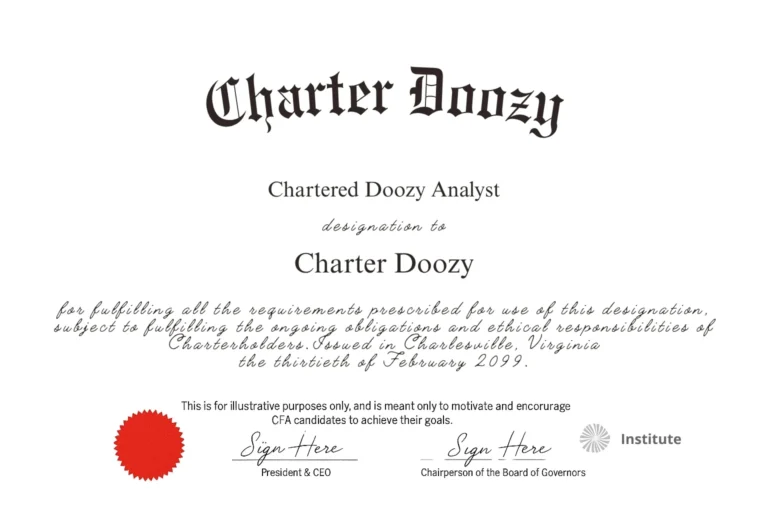Every CFA candidate starts with a plan.
But not everyone sticks to it the same way.
Some study in bursts.
They go all in for a weekend.
They cram 5-hour sessions when panic hits.
They promise themselves they’ll “make it up” next week.
Others build rhythm.
They study daily—even if it’s only 60 or 90 minutes.
They aim for consistency, not heroics.
They don’t wait for motivation or panic. They move with discipline.
So which approach wins?
If you want long-term CFA success, the answer is clear.
Rhythm beats bursts. Every time.
Bursts Feel Productive. But They’re Fragile.
Big study days feel impressive.
You finish an entire reading.
You burn through 50 practice questions.
You walk away exhausted, feeling like you crushed it.
But bursts come with problems:
They’re unpredictable. You can’t always find a 4-hour block.
They rely on energy. If you’re tired or stressed, they fall apart.
They create extremes. One big day, followed by three skipped days, doesn’t build mastery. It builds anxiety.
Bursts look good on paper. But they collapse under real-life pressure.
Rhythm Creates Momentum
Rhythm is about repeatable motion.
It’s about showing up—even when the session is short or your energy is low.
It’s about removing the emotional decision-making from the process.
With rhythm:
You train your brain to study at the same time each day.
You reduce friction.
You make progress feel normal.
You stop chasing motivation. You build identity.
And most importantly—you never lose momentum.
When rhythm is strong, missing one day feels uncomfortable.
You return quickly.
The system pulls you back in.
The Math of Consistency
Let’s break it down.
Candidate A studies in bursts: 6 hours every Sunday.
Candidate B studies rhythmically: 1.5 hours every weekday.
Over four weeks:
Candidate A = 24 hours
Candidate B = 30 hours
That’s 25% more!
Not only does Candidate B study more—they do it in smaller, more manageable doses, with better retention, less pressure, and a stronger habit loop.
More hours. Better learning. Lower risk of burnout.
Rhythm wins the numbers. And rhythm wins the outcome.
How to Build Rhythm Into Your CFA Study Plan
If you’ve been relying on bursts, here’s how to shift…
1. Block daily time—same window, same location.
Even 60 minutes is enough.
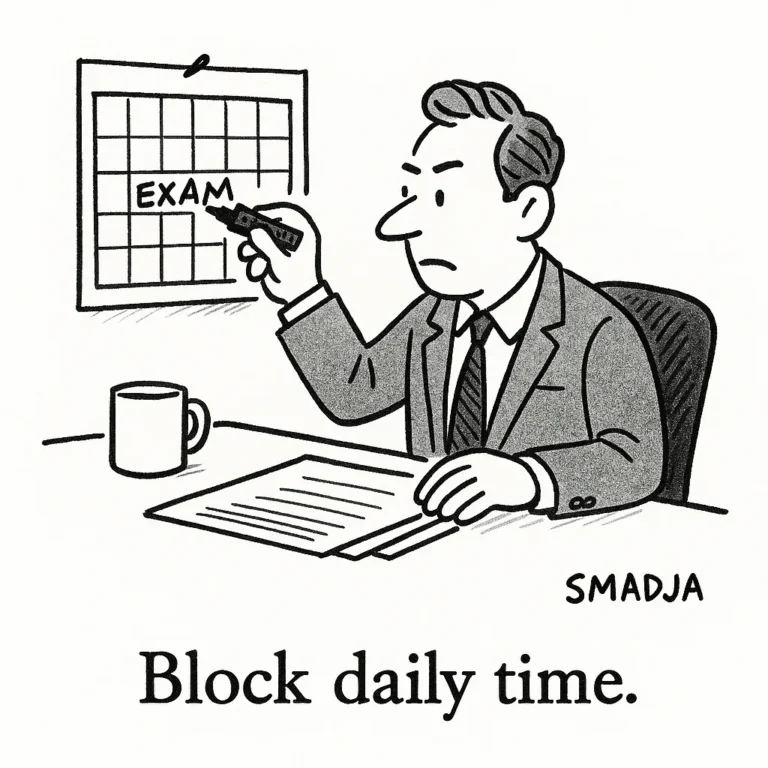
2. Use a pre-study ritual.
Signal to your brain: it’s time to start. Example: close browser tabs, review flashcards, set a timer.
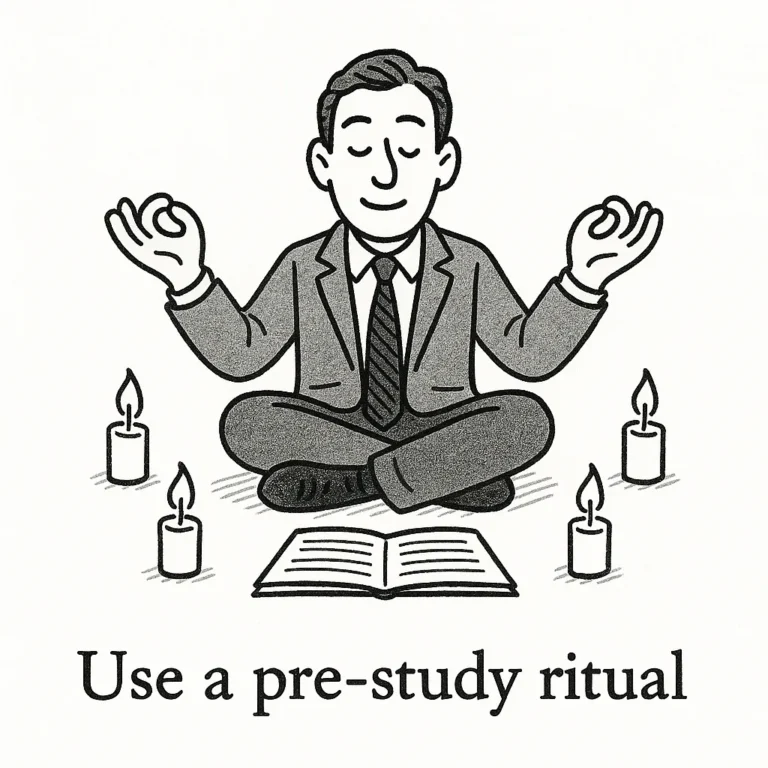
3. Track your sessions.
Use a calendar, app, or visible log. Check the boxes. Build streaks. Celebrate showing up.
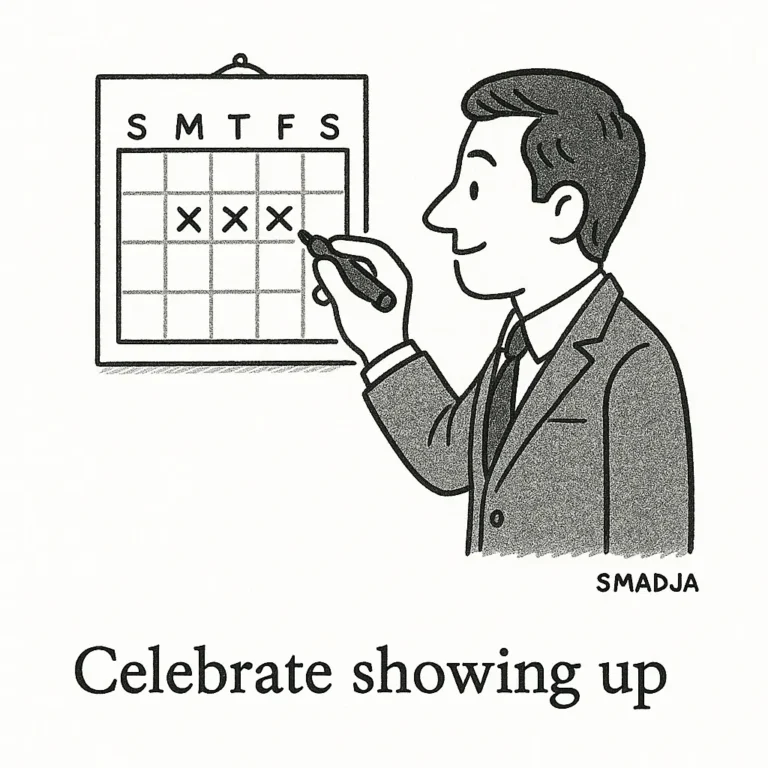
4. Don’t chase perfection.
Bad day? Shrink the session. Do 20 minutes. Stay in rhythm.

Final Thoughts
You don’t need one heroic day.
You need 100 unremarkable days that stack into mastery.
Bursts are loud.
Rhythm is quiet.
Bursts rely on emotion.
Rhythm is engineered.
Bursts feel good today.
Rhythm passes the exam.
If you want to succeed in the CFA program—especially while working full-time—don’t build your strategy around adrenaline.
Build it around rhythm.
That’s what real candidates do.
That’s what professionals do.
That’s what you do now.
